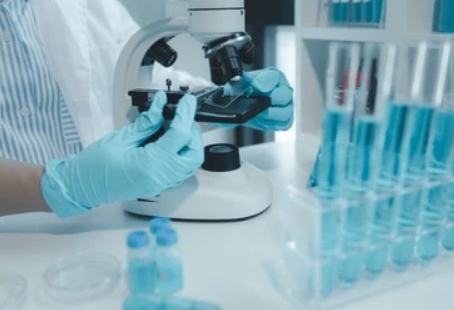
Chemical agents can enter the human body through various routes, and understanding these pathways is crucial for assessing exposure risks and implementing appropriate safety measures. While inhalation and dermal absorption are commonly known routes, there are two other significant ways through which chemical agents can enter the body: ingestion and ocular exposure. In this article, we will delve into these alternative routes, their implications, and the preventive measures that can be taken to minimize exposure risks.
- Ingestion:
Chemical agents can enter the body when ingested through the mouth. This can occur unintentionally through contaminated food, water, or beverages, or intentionally through the consumption of toxic substances. Ingestion poses a significant risk, as chemicals can directly enter the bloodstream via the digestive system, potentially causing systemic toxicity. To prevent ingestion-related exposures, it is essential to practice good hygiene, ensure proper food handling and storage, and avoid consuming substances of unknown origin or with potential toxic properties. - Ocular Exposure:
Chemical agents can also enter the body through direct contact with the eyes. This can happen when chemicals are splashed, sprayed, or released as aerosols, leading to eye irritation, injury, or absorption into the bloodstream. Ocular exposure can occur in various settings, including laboratories, industrial workplaces, and even household environments. To protect against ocular exposure, individuals should wear appropriate eye protection, such as safety goggles or face shields, when working with or around hazardous substances. Immediate rinsing of the eyes with clean water is crucial in case of accidental exposure to chemicals.
Preventive Measures:
To minimize the risks associated with alternative routes of chemical agent entry, several preventive measures can be implemented:
a. Education and Training: Providing comprehensive training and education on chemical safety, including the potential routes of exposure, is crucial. This empowers individuals to recognize and mitigate risks effectively.
b. Personal Protective Equipment (PPE): Proper use of PPE, such as gloves, masks, goggles, and protective clothing, can significantly reduce the likelihood of exposure through ingestion or ocular contact.
c. Hazard Communication: Employers should implement clear and effective hazard communication programs, including labeling, safety data sheets, and proper storage and handling procedures. This ensures that individuals are aware of the potential risks associated with chemicals they may encounter.
d. Regular Monitoring and Testing: Regular monitoring of air quality, water sources, and food supplies can help identify potential sources of chemical contamination, allowing for timely intervention and prevention.
Conclusion:
While inhalation and dermal absorption are well-known routes of chemical agent entry into the body, ingestion and ocular exposure are equally important and should not be overlooked. Understanding and addressing these alternative routes are essential for maintaining a safe and healthy environment. By implementing preventive measures, such as education, PPE usage, hazard communication, and regular monitoring, we can minimize the risks associated with chemical exposure through ingestion and ocular contact, safeguarding our well-being and promoting a culture of safety.


